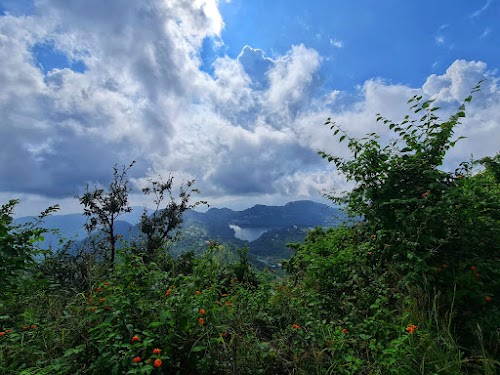
Kilbury and Pangot Wildlife and Bird Sanctuary
Nainital, India
- Bird watching and photography.
- Enjoying scenic views of Himalayas.
- Picnicking in designated areas.
- Spotting diverse wildlife species.
- Trekking through forest trails.
Known for:
Description:
Escape the bustling town of Nainital and immerse yourself in the serene beauty of Kilbury and Pangot Wildlife and Bird Sanctuary. A haven for nature lovers and birdwatching enthusiasts, this sanctuary is nestled in the Himalayan foothills and offers breathtaking views of snow-capped peaks. The dense oak, pine, and rhododendron forests are home to a diverse range of flora and fauna, including over 580 bird species, making it a paradise for ornithologists. Enjoy peaceful walks along scenic trails, breathe in the fresh mountain air, and spot rare Himalayan birds like the Cheer Pheasant, Koklass Pheasant, and various species of eagles and vultures. A visit to this sanctuary is a rejuvenating experience, providing a welcome respite from city life and a chance to connect with nature's wonders.
History:
The area around Kilbury and Pangot has historically been a part of the Kumaon region, known for its rich biodiversity and strategic importance. While the specific establishment date of the sanctuary is not widely documented, its importance as a birding hotspot has been recognized for decades. The British colonial era saw increased interest in the region's natural resources, leading to some initial conservation efforts. Post-independence, the focus shifted towards formally protecting the area's unique ecosystem and promoting responsible tourism. Over the years, local communities have played a crucial role in preserving the sanctuary's natural heritage, contributing to its continued success as a haven for wildlife and birds. Today, it stands as a testament to the importance of conservation and sustainable tourism practices.